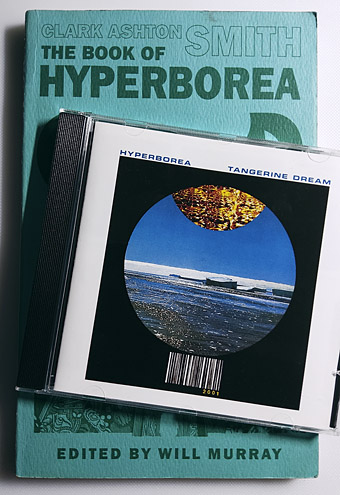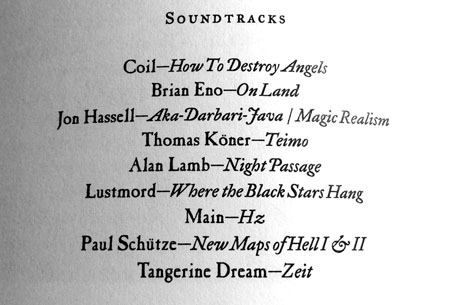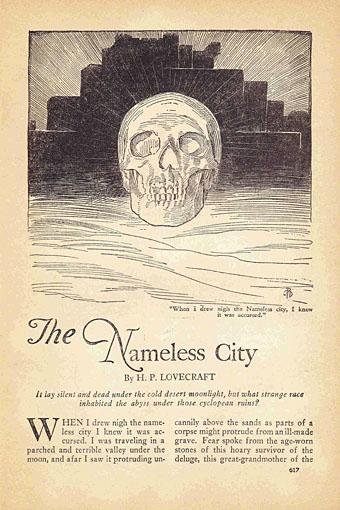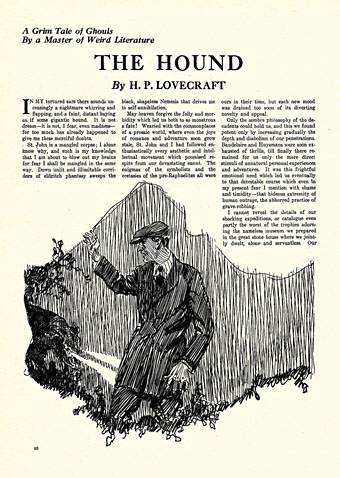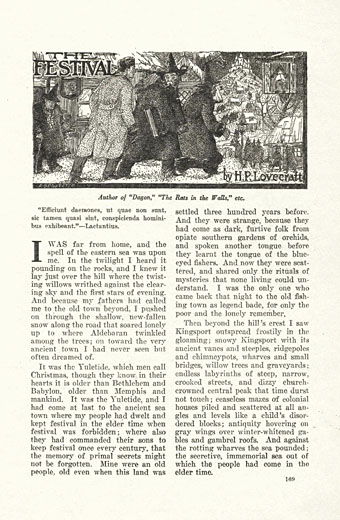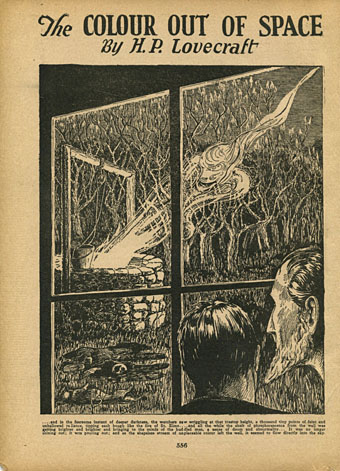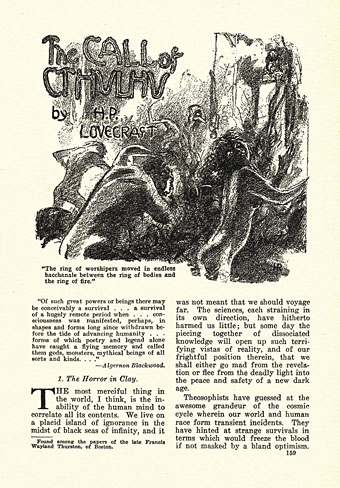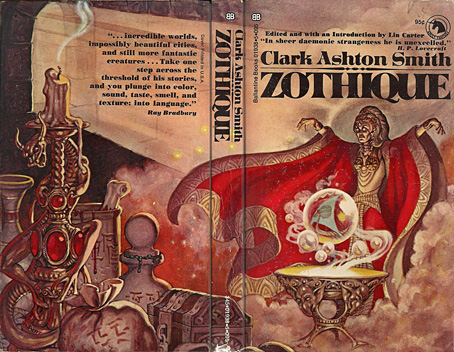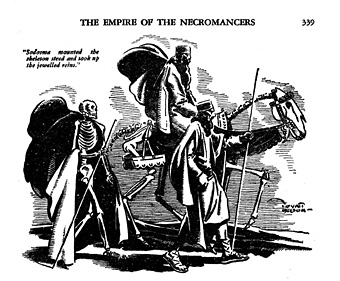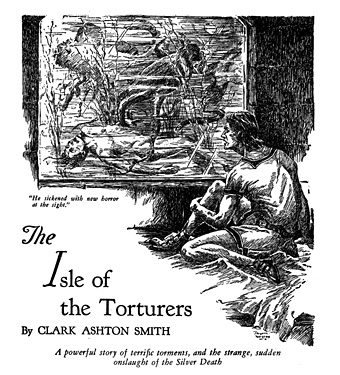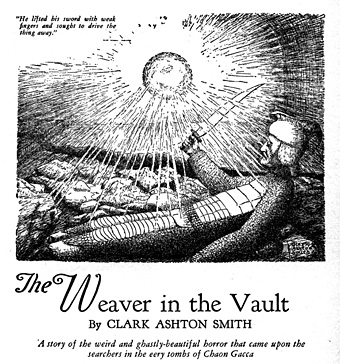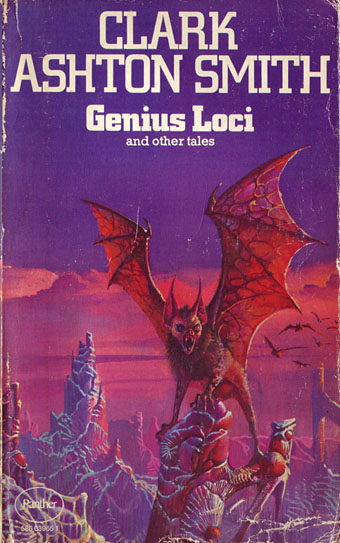Track titles by Tangerine Dream (again) if they were stories or chapters in a book of weird fiction:
– Alpha Centauri
– Ultima Thule
– Origin Of Supernatural Probabilities
– Mysterious Semblance At The Strand Of Nightmares
– Sorcerer
– Abyss
– Stratosfear
– Choronzon
– Remote Viewing
– Hyperborea
Clark Ashton Smith’s tales of the northern continent of Hyperborea were Cthulhu Mythos fantasies with a sardonic CAS twist. The connection with Tangerine Dream is most likely coincidental, the name being one that Smith borrowed rather than invented, but I enjoy the intersection all the same. The title of TD’s first single, Ultima Thule, refers to another remote northern realm. If you’re reaching for associations, as I invariably am, then it’s also worth mentioning Haunted Island by an affiliated group, Agitation Free. The last track on their 2nd album features a partial recitation of Dream-Land by Edgar Allan Poe that includes the words “from some ultimate dim Thule”; the keyboard player in Agitation Free was Michael Hoenig who was briefly a member of Tangerine Dream in 1975. As for Choronzon, this was a demon that Aleister Crowley claimed to have tangled with in the Algerian desert in 1909. The malevolent and chaotic nature of the entity, together with its unavoidably Lovecraftian epithet of “the Dweller in the Abyss”, places it close to the Mythos god of “nuclear chaos”, Azathoth, although the music that bears the Dweller’s name doesn’t convey any of these qualities. Tangerine Dream’s Choronzon is an uptempo piece of electro-pop that Virgin optimistically released as a single in 1981. For a group with a long history of eccentric title choices this maybe isn’t so surprising.
Tangerine Dream feature on another cosmic-horror music list that I suggested as soundtracks for The Haunter of the Dark in 1999. (The Lustmord somehow lost a couple of words from its title.) Most of these are drone works, and several were released after I’d drawn most of the pages, but I was listening to Zeit and Rubycon during many late-night work sessions, the latter especially while drawing The Call of Cthulhu. Discovering weird fiction and spacey electronica simultaneously caused the two things to become inextricably connected, and besides which there wasn’t much else to be found in the music world of the late 1970s that complemented such stories to the same degree. Rubycon offered satisfying associations, from the liquid green of the cover art (Cthulhu always suggests the colour green), to the predominantly sinister, minor-key music within. When the sequencers in Rubycon: Part 2 give way to the sounds of waves breaking on a shoreline this only reinforces the suitability of the album as a Cthulhoid soundtrack.
The dedication from Alpha Centauri as printed in the Virgin double-disc reissue with the Atem album. It’s never been clear whether the “space” referred to is a noun or a verb.
If you’re looking for cosmic-horror soundtracks today then you’re spoiled for choice, there are numerous examples, from the general—the occulted universe of Dark Ambience—to the very specific. I enjoy the drones, obviously, but the Berlin School still has something to offer so long as the key remains a minor one and the titles avoid New Age vapidity. See this mix for further examples.
Previously on { feuilleton }
• Tangerine Dream in concert
• Drone month
• Pilots Of Purple Twilight
• Synapse: The Electronic Music Magazine, 1976–1979
• A mix for Halloween: Analogue Spectres
• Edgar Froese, 1944–2015
• Synthesizing
• Tangerine Dream in Poland
• Hodgsonian vibrations
• White Noise: Electric Storms, Radiophonics and the Delian Mode

